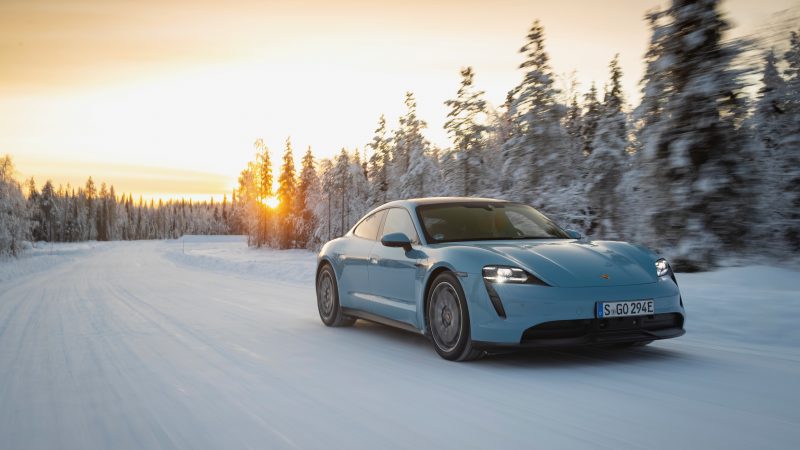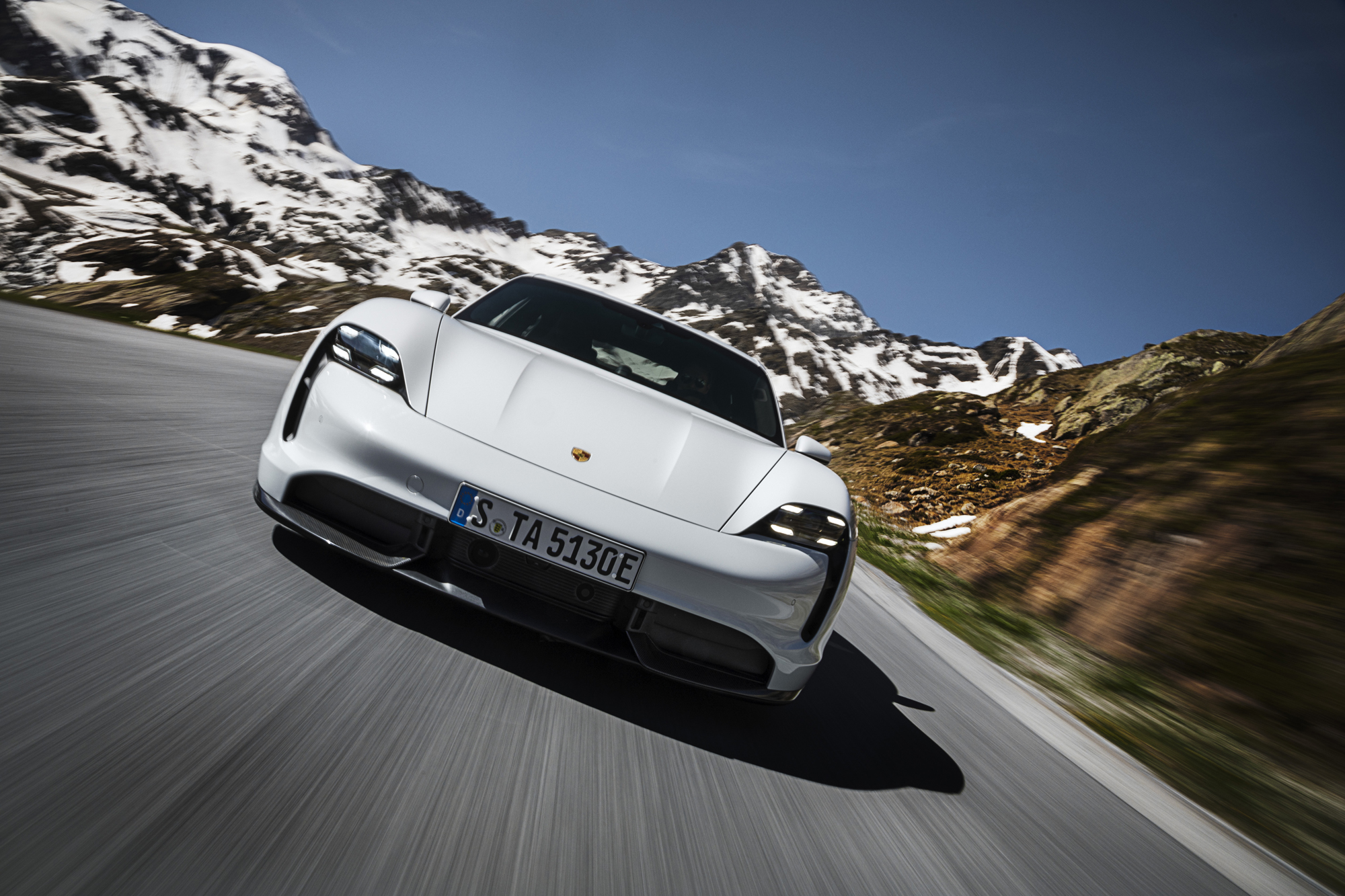- Porsche’s Super Bowl ad – called “The Heist” – depicts the new electric Porsche Taycan sport sedan racing against some of Porsche’s most iconic supercars.
- The Taycan, which comes with up to 750 horsepower, is among the quickest production cars there are.
- The new EV also comes with a two-speed transmission – unique in the EV space – which contributes to its ridiculous performance numbers.
- Visit Business Insider’s homepage for more stories.
With its rich racing heritage and sports-car reputation, Porsche’s made quite the name for itself. But this year, the company ran its first Super Bowl ad in 23 years in an effort to reach a new customer base.
In the ad, titled “The Heist,” employees of the Porsche Museum in Stuttgart race around the countryside trying to catch one of their coworkers, who is driving the new, all-electric Porsche Taycan. Featured in the ad are several iconic Porsches – from the Le Mans 917K to the current-generation 911 Carrera 4S.
But measuring how those supercars stack up to the Taycan in real life isn’t as easy as playing a game of supercar tag in a commercial, as it’s difficult to compare electric and gas-powered cars based on performance figures alone. Electric powertrains offer instant torque that propels them off the line much faster than most conventional engines, giving them the advantage.
Still, for the sake of curiosity, scroll down to learn more about the Taycan and how it compares to the other high-powered street cars featured in the ad.
The Porsche Taycan, the star of the company's Super Bowl ad, is the brand's attempt at a Tesla-rivaling, all-electric sport sedan.

It comes in three trims: The 4S produces 522 or 563 horsepower, the Turbo claims 670 horses, and the top-level Turbo S cranks out up to 750 horsepower with overboost — a feature on some turbocharged cars that can provide extra power when needed.
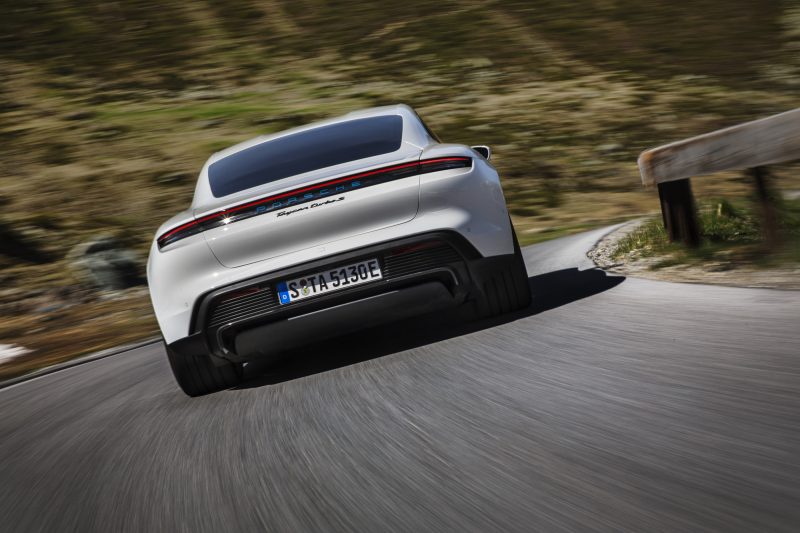
Source: Carbuyer
Porsche claims the Turbo S will hit 60 mph in 2.6 seconds, and, in testing, Car and Driver found the EV would blast to 60 mph in just 2.4 seconds.
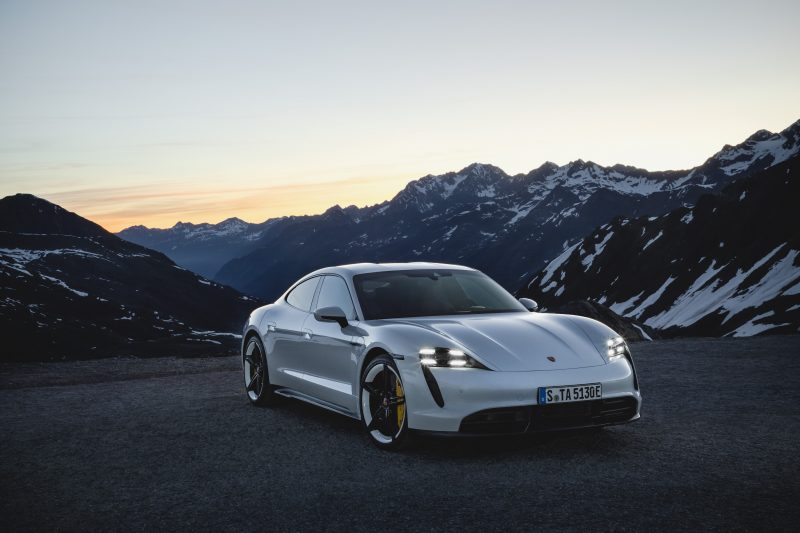
Source: Car and Driver
The Turbo S reaches a claimed top speed of 162 mph.
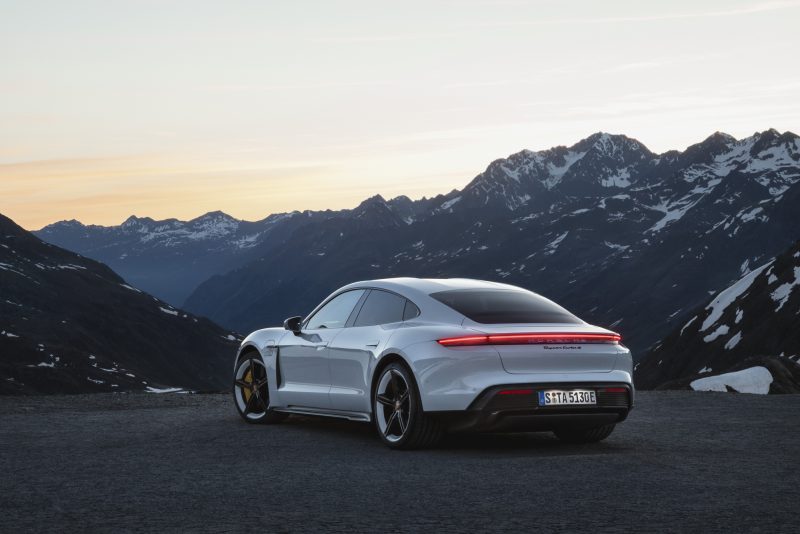
The Taycan offers a dual-motor setup that drives all four wheels. The 4S comes with a 79.2 kilowatt-hour battery, while Turbo models sport a larger 93.4-kWh pack.
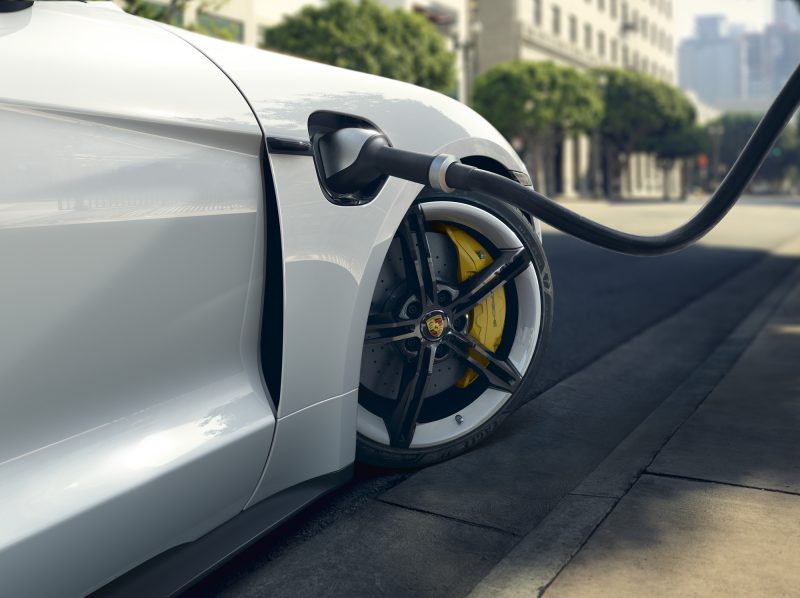
The Taycan's pioneering two-speed transmission, a first for production EVs, contributes to its incredible acceleration. Many traditional internal-combustion-engine cars — even the best of the best — would have trouble keeping up with the Taycan in a straight line.

But given the chase in the commercial, it only makes sense to see how some of the other cars in it would stack up.
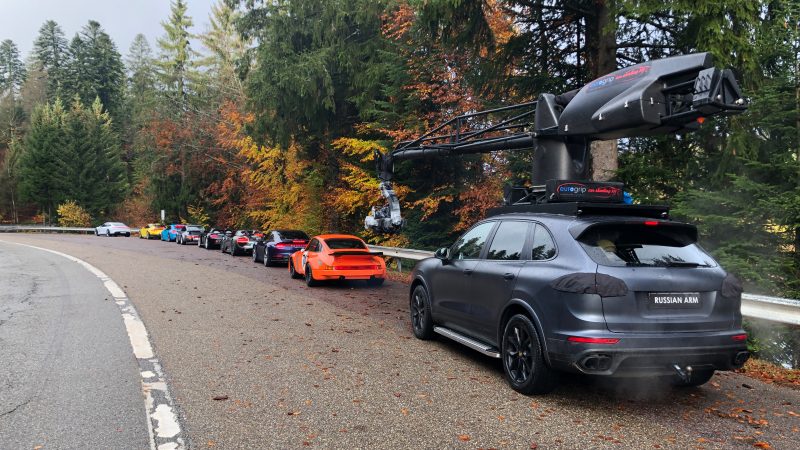
The Carrera GT, produced in limited numbers from 2003 to 2007, sported a mid-mounted 5.7-liter V10 engine rated at 605 horsepower.

Source: Car and Driver, Motor Authority
Porsche claimed it could reach 60 mph in 3.5 seconds on its way to a top speed of 205 mph, making it nearly a second slower to 60 mph than Porsche's estimates for the Taycan Turbo S.
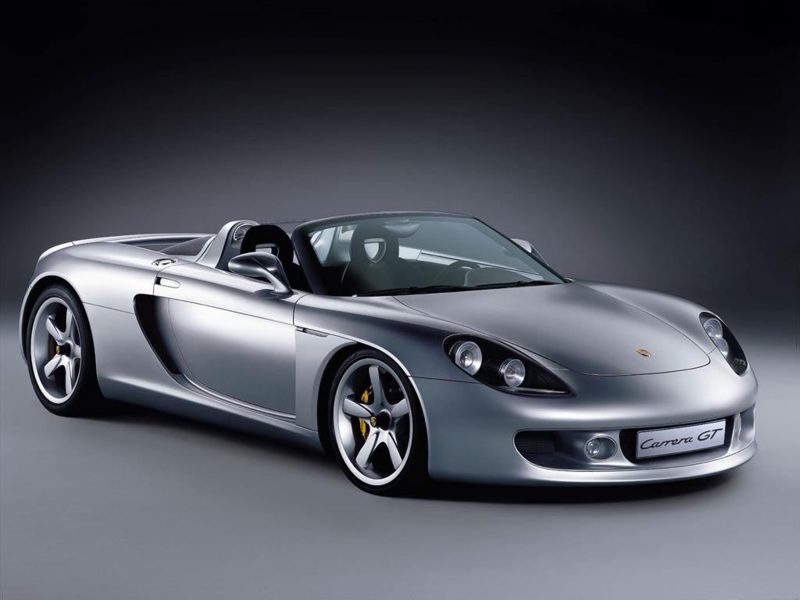
The mid-engined 918 Spyder topped out at a claimed 214 mph thanks to its hybrid power plant that put out a rated 887 horsepower and 944 foot-pounds of torque.
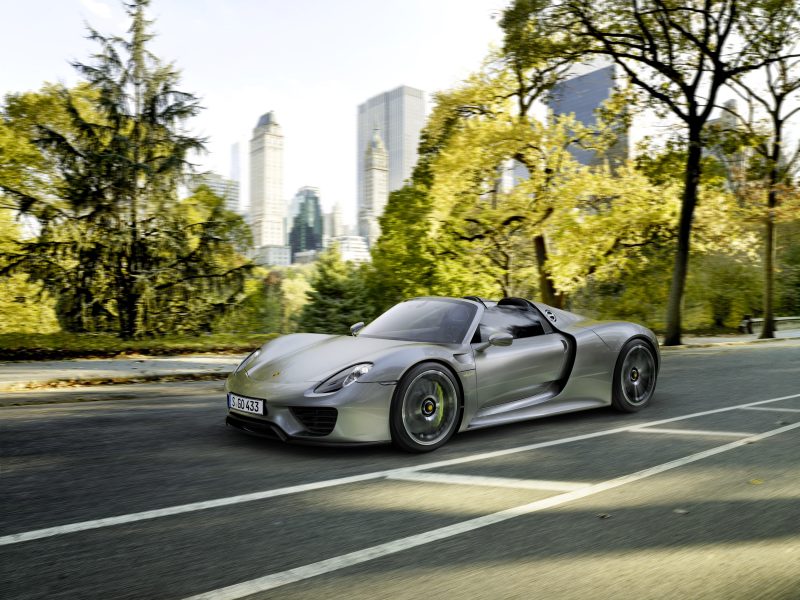
Source: Porsche
It could sprint to 60 mph in a Porsche-estimated 2.5 seconds, or barely slower than the claimed 2.4 seconds of the Taycan Turbo S.
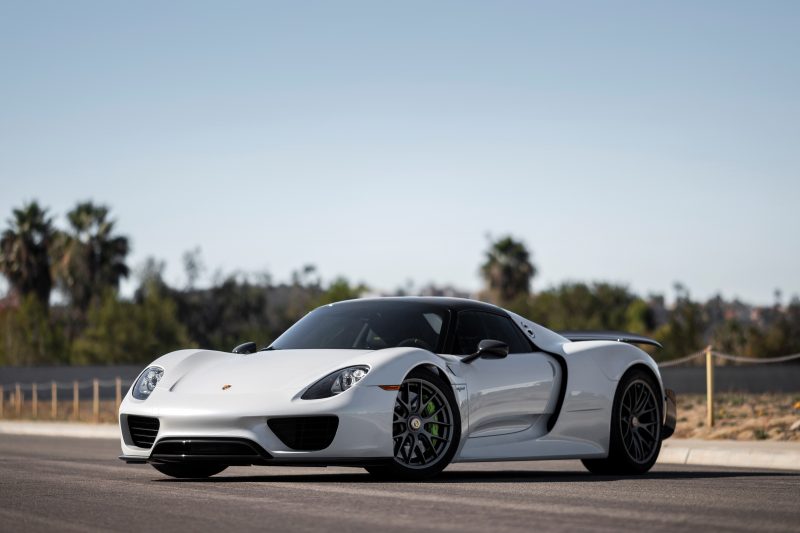
Currently available for $99,200 and up, the 718 Cayman GT4 is rated at 414 horsepower, and Porsche says it'll hit 60 mph in 4.2 seconds.

Source: Porsche
Porsche also claims a top track speed of 188 mph for the car.

The 2020 911 Carrera 4S spins out 443 horsepower and 390 foot-pounds of torque, according to Porsche. The combination lets it hit 60 mph in a claimed 3.4 seconds.
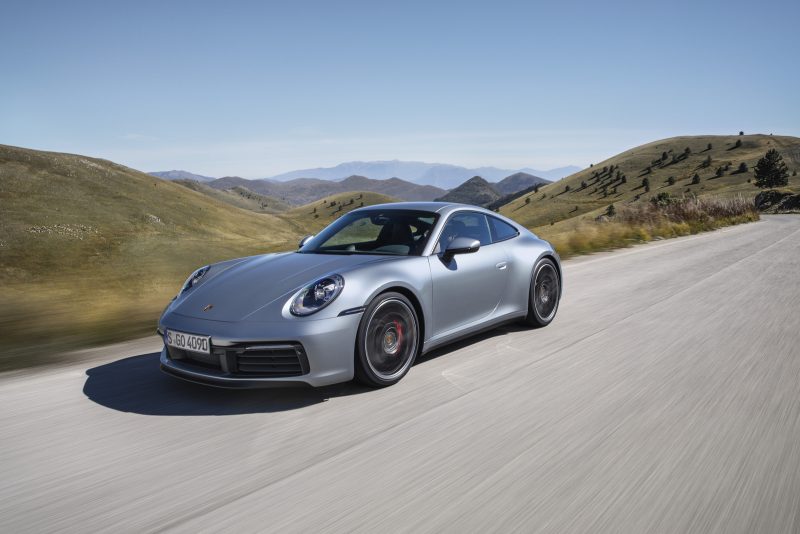
Source: Porsche
The Porsche 930 Turbo was at one time the fastest production car in Germany. In some iterations, it put out 300 horsepower and hit 60 mph in 4.9 seconds.
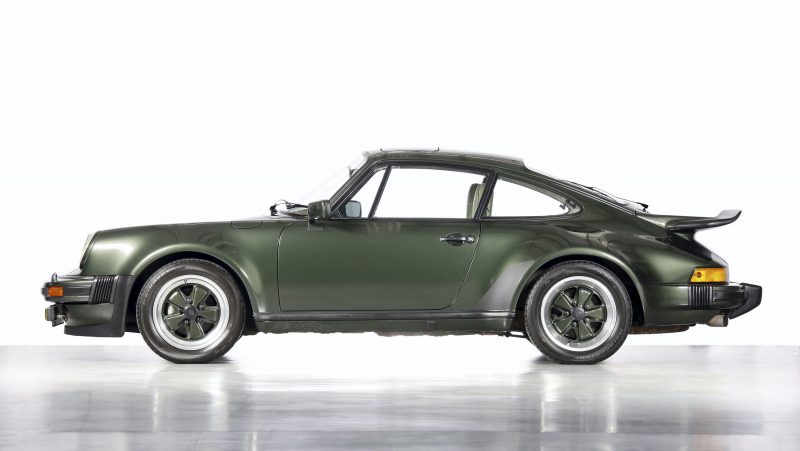
Source: Porsche, Road and Track
The $295,000 911 GT2 RS — the most powerful production 911 ever built — whips out 700 horsepower and 553 foot-pounds of torque, according to Porsche.
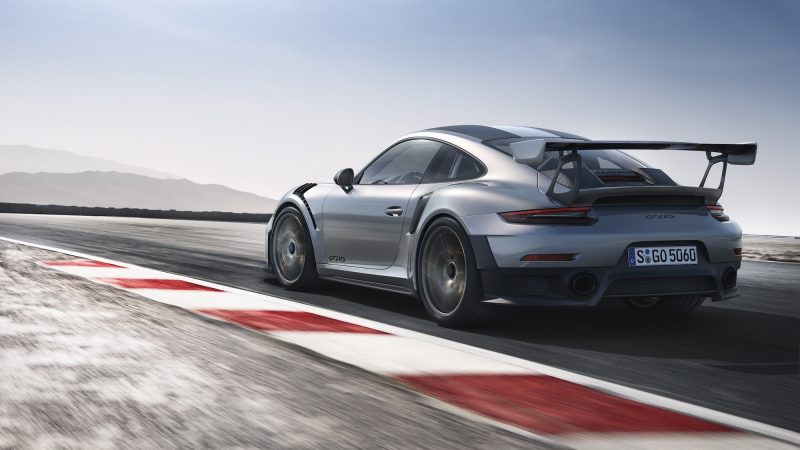
Source: Car and Driver
It blasts to 60 mph in 2.6 seconds and finishes the quarter-mile in 10.3, tying the fastest Taycan's claimed 0-to-60-mph time.
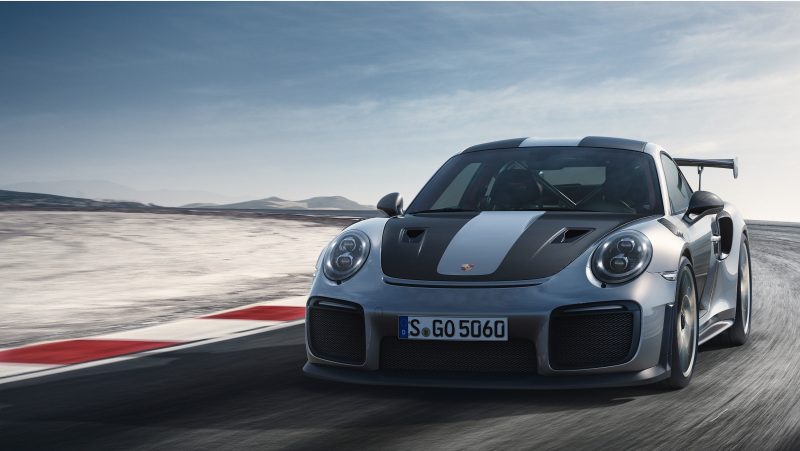
But in the commercial, the Taycan is the star — as is often the case with the new kid on the block.
